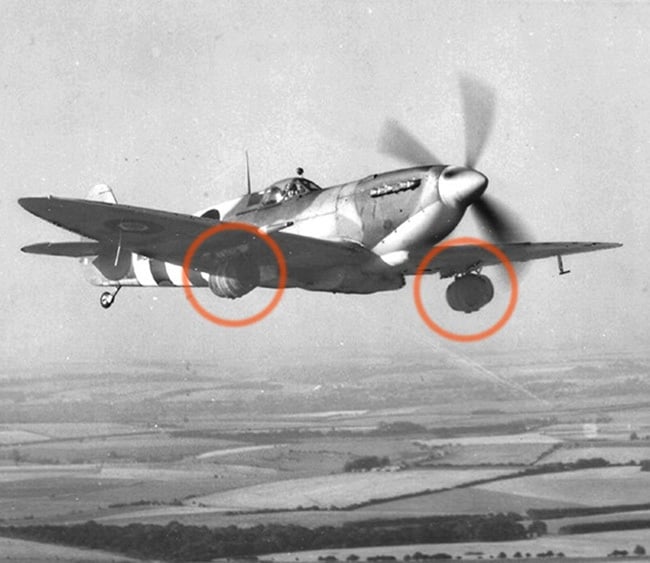Estás usando un navegador obsoleto. No se pueden mostrar estos u otros sitios web correctamente.
Se debe actualizar o usar un navegador alternativo.
Se debe actualizar o usar un navegador alternativo.
Fotos inéditas y difíciles < fotos >
- Tema iniciado Athos80
- Fecha de inicio
S
SnAkE_OnE
y de los de bahia de cochinos?
Miguel...que está pasando hoy que no hay "ineditas y dificiles"?????,muy buenas las del HAVOC A-20,toda una plataforma de armas...
Aqui mi aporte de viernes a la noche....
A disfrutarlas y comenzamos como vos terminastes el último dia,con un A-20 ,pero de la SGM...
Tambien hay muchas fotografias,para convertirse esta noche en UNA NOCHE BOMBARDERA!!!!-ONE NIGHT BOMBER!!!
A-20
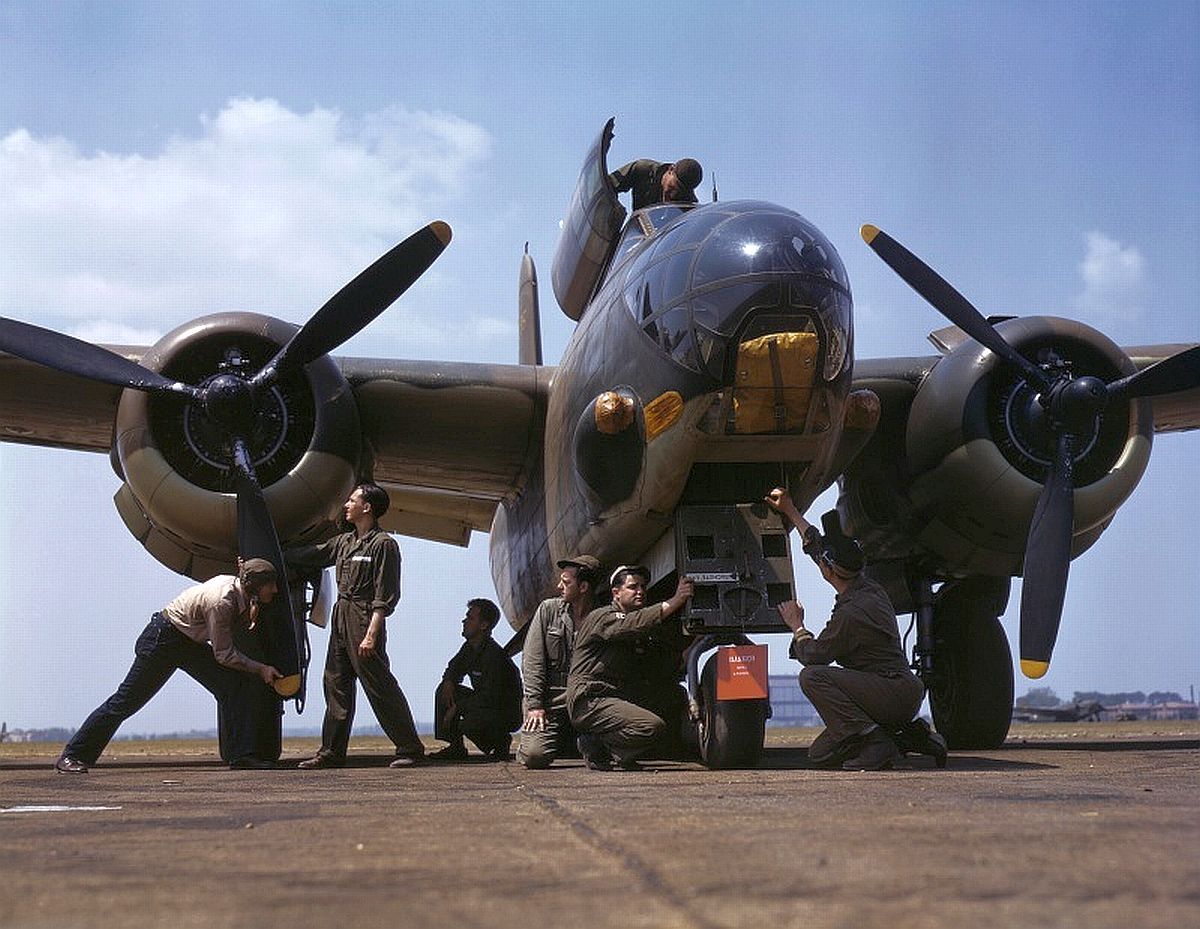
Belgrade bridge bombing attack..

..And the post-raid intelligence analysis
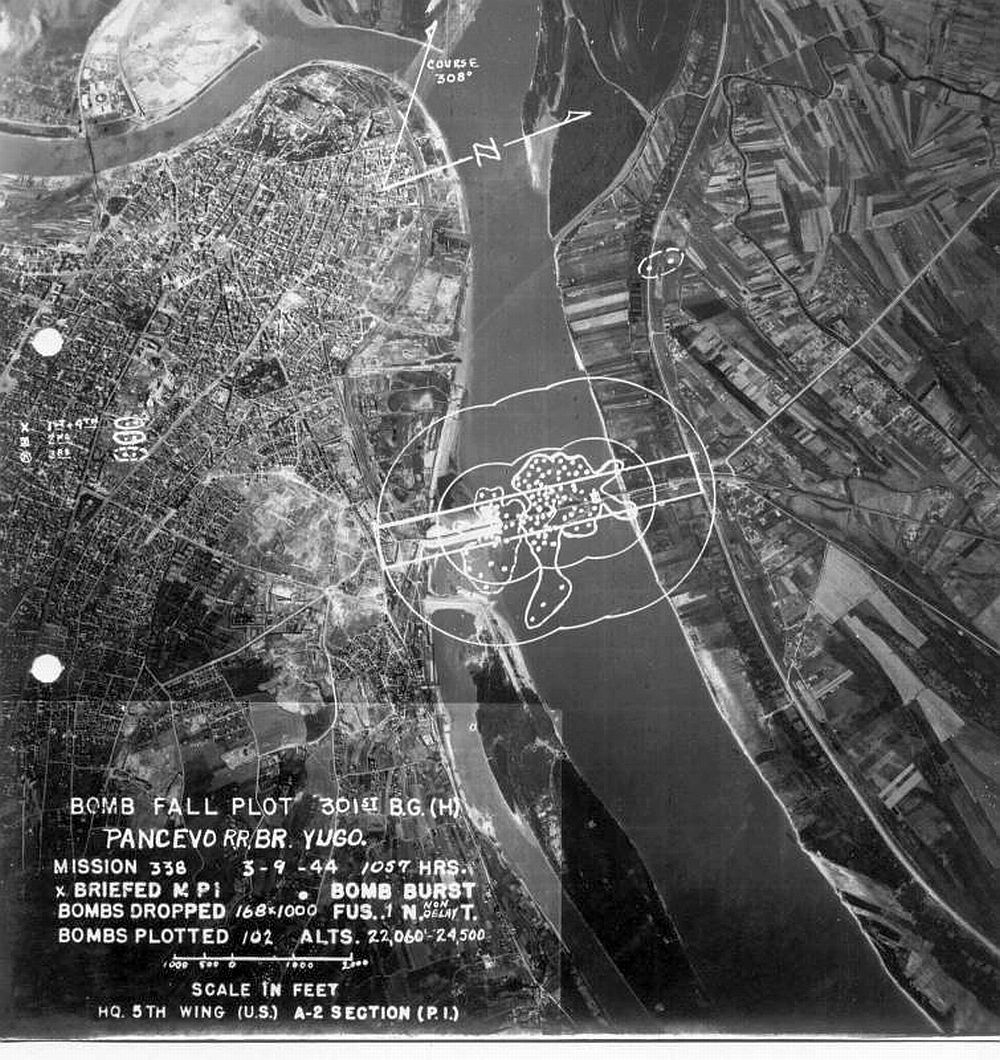
P-47 rocket tubes, and 4x 50-cal MG's in each wing

Avenger

Avenger

A-26

Yorktown
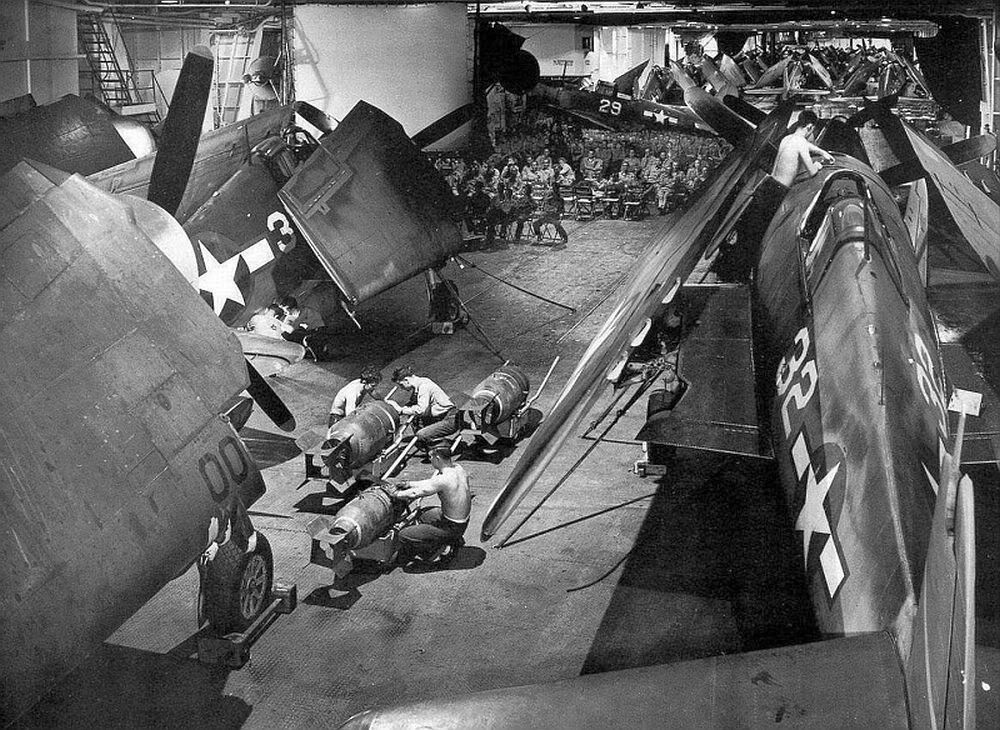
Wildcat in sand at Midway

Russian PBY

Helldiver

Aircobra

P-38

Martin Mariner

Hellcat

Hellcat on Yorktown

-51 pilot Col. Bill Dunn

Hellcats

C-47's lined up for Market Garden

C-46 casevac, Manila 1945

Russian Boston
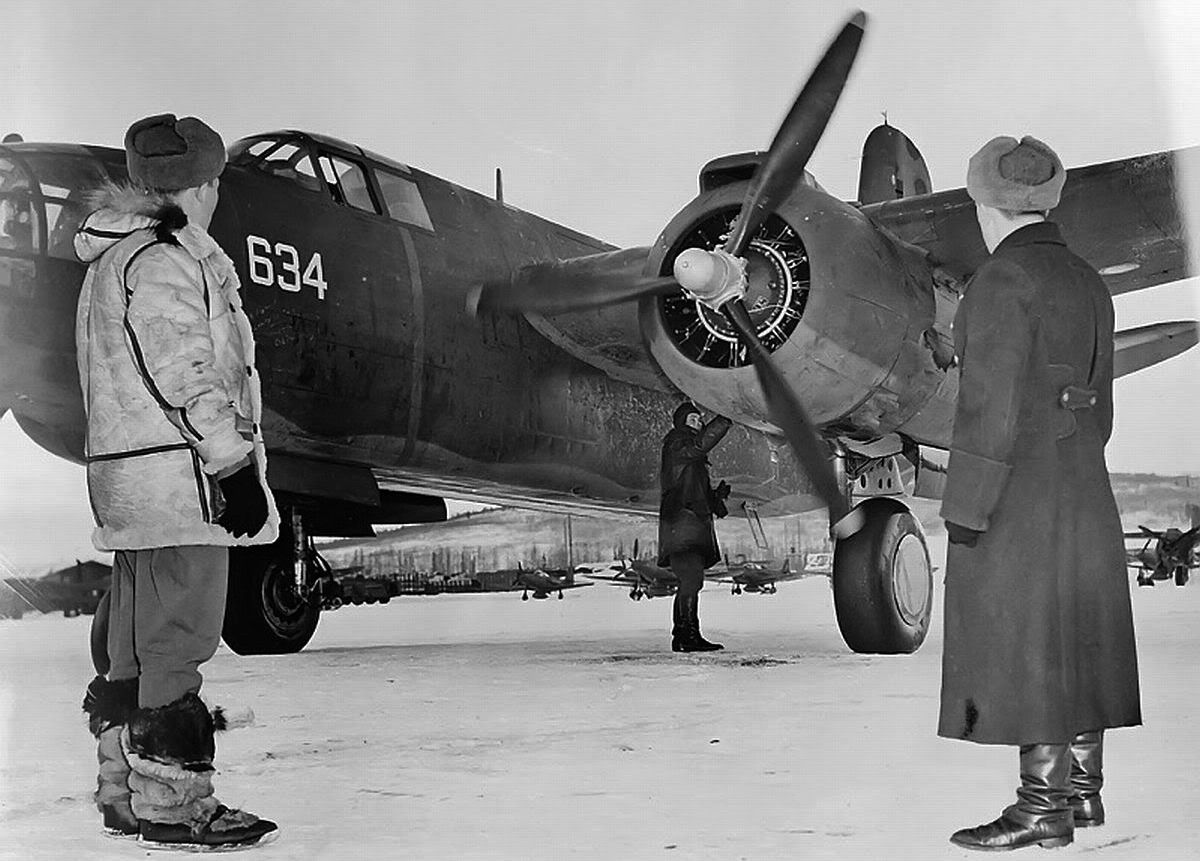
P-61

B-25

B-25

B-25
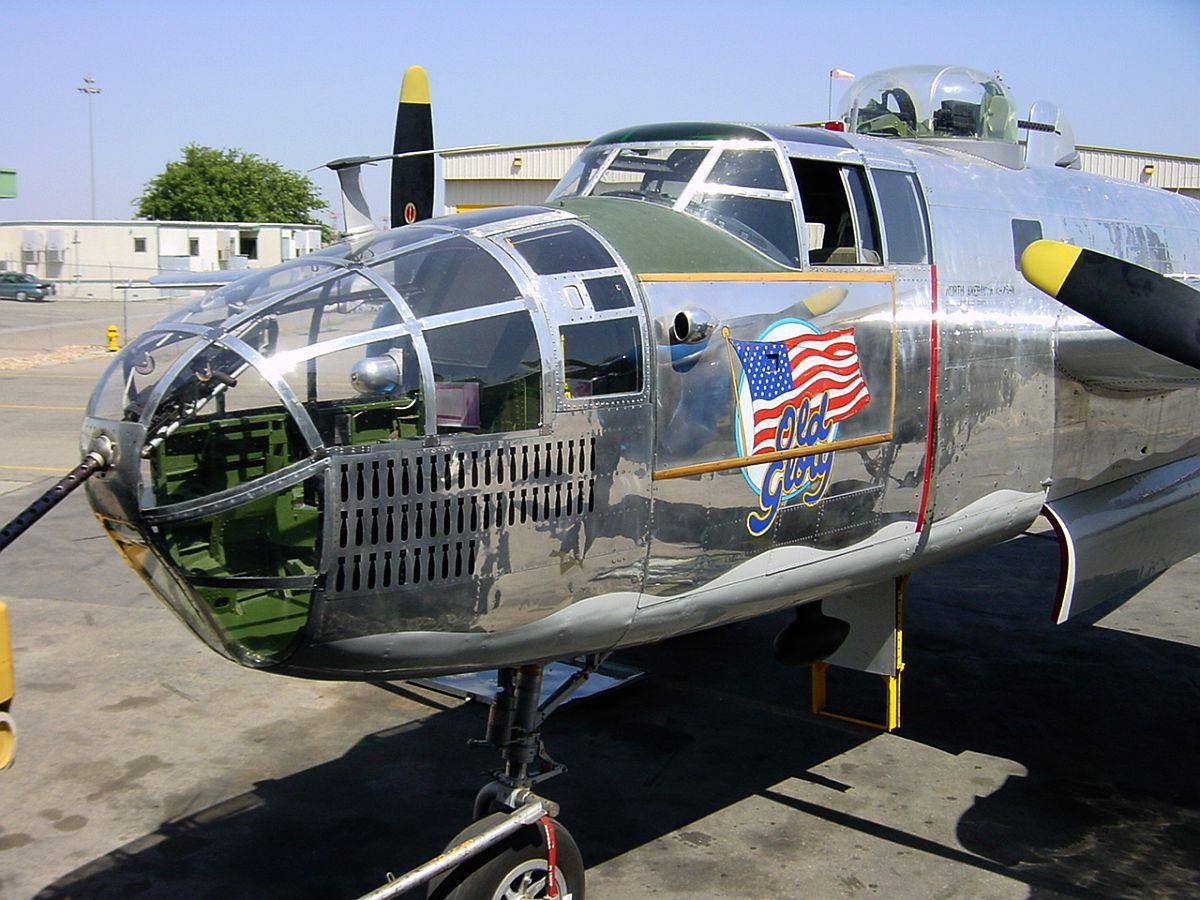
Cub
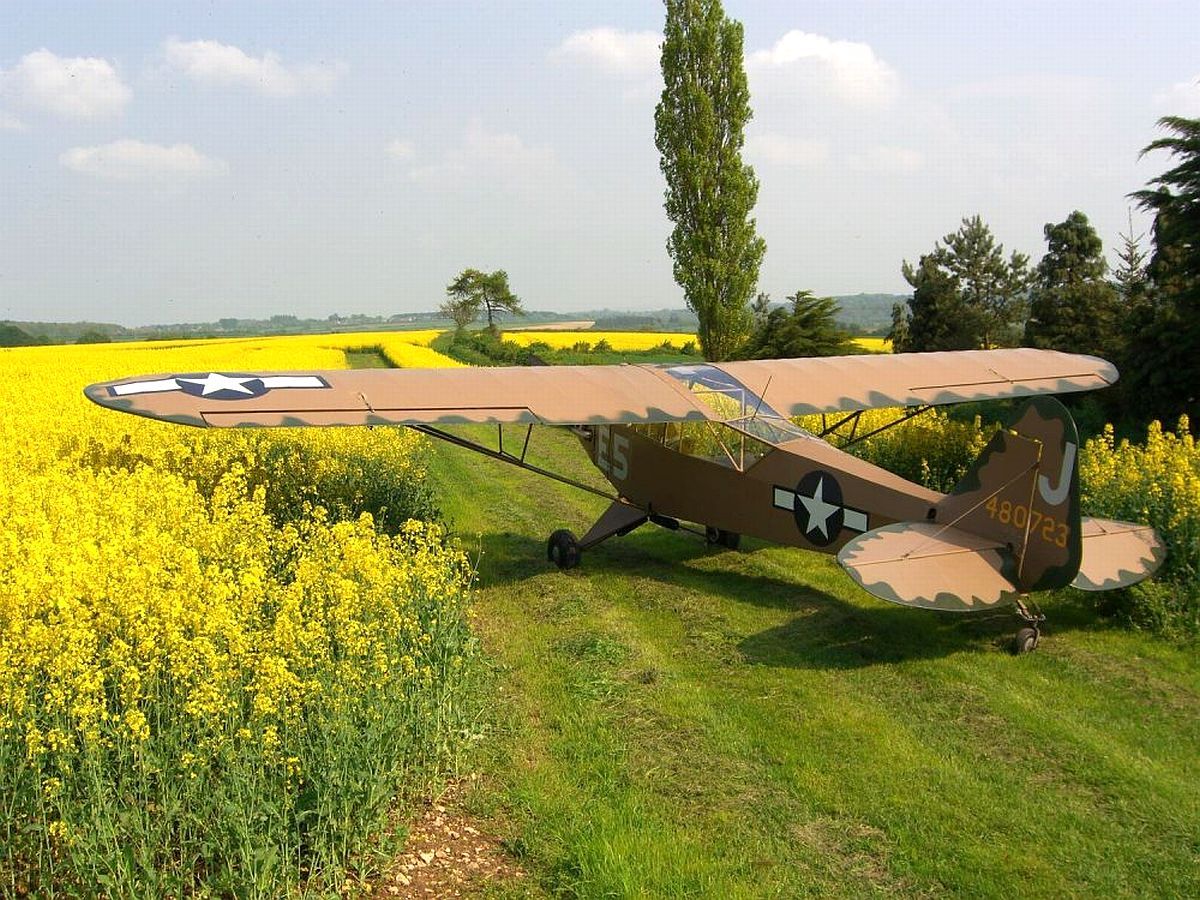
USS Enterpirise hit by friendly ah shell
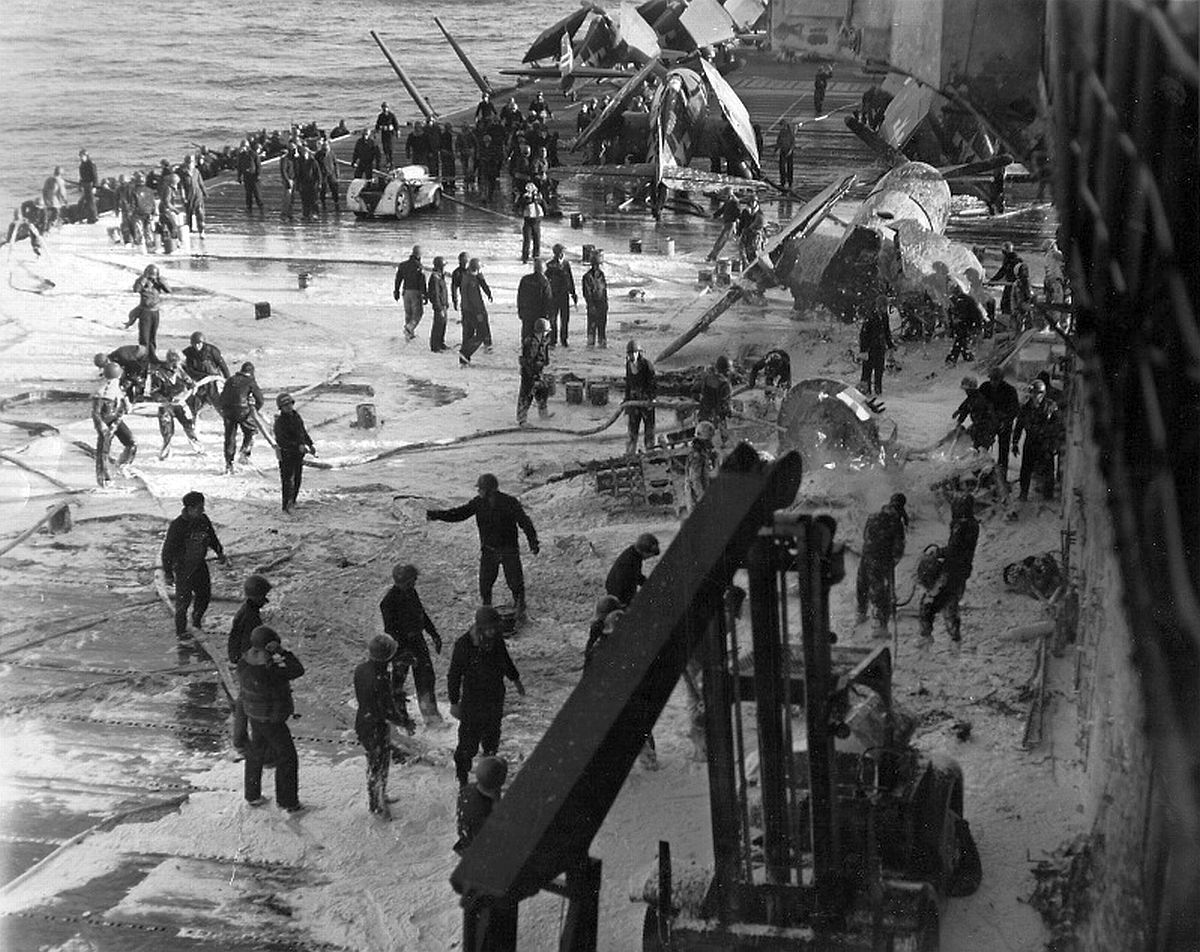
P-51
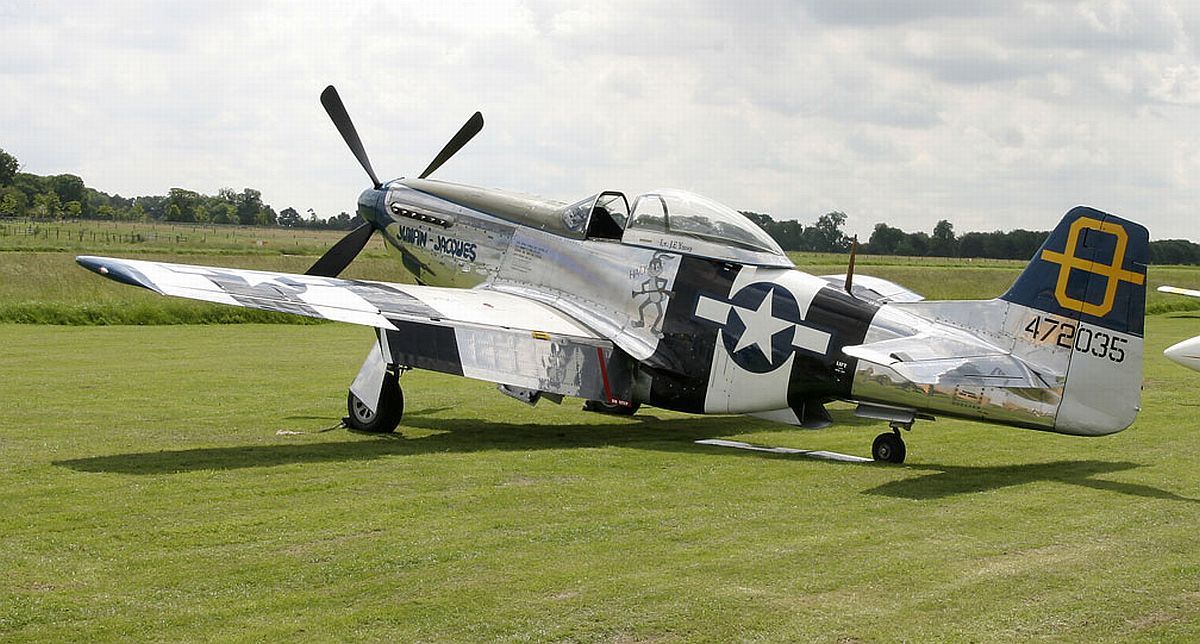
L-4
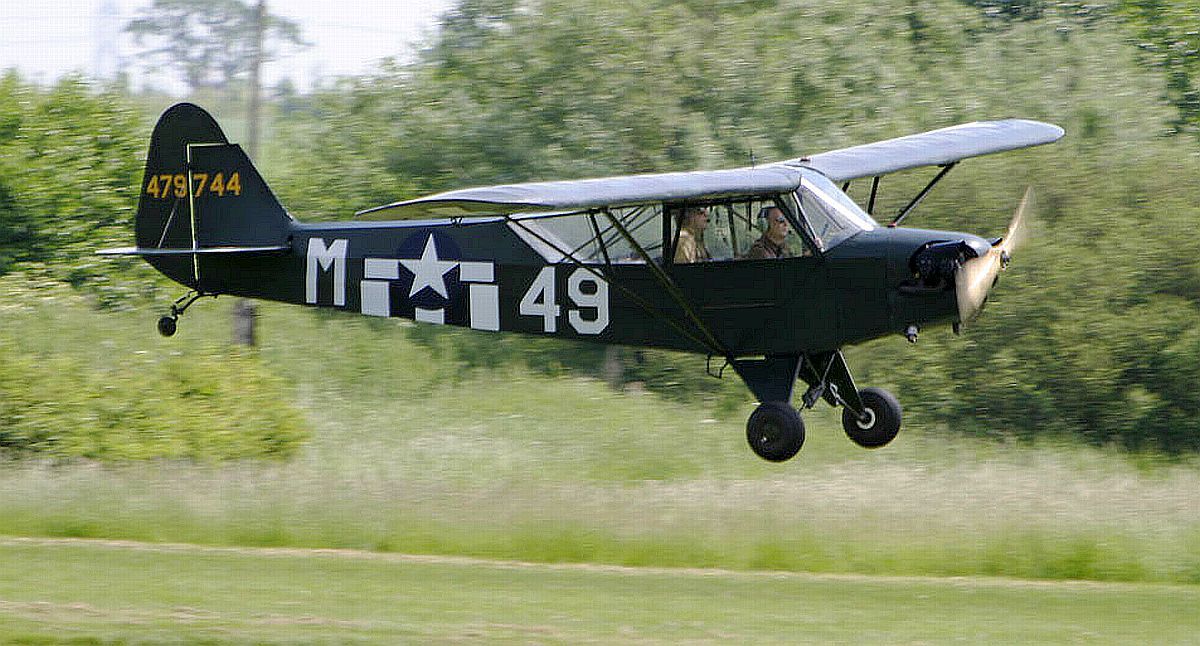
Avenger
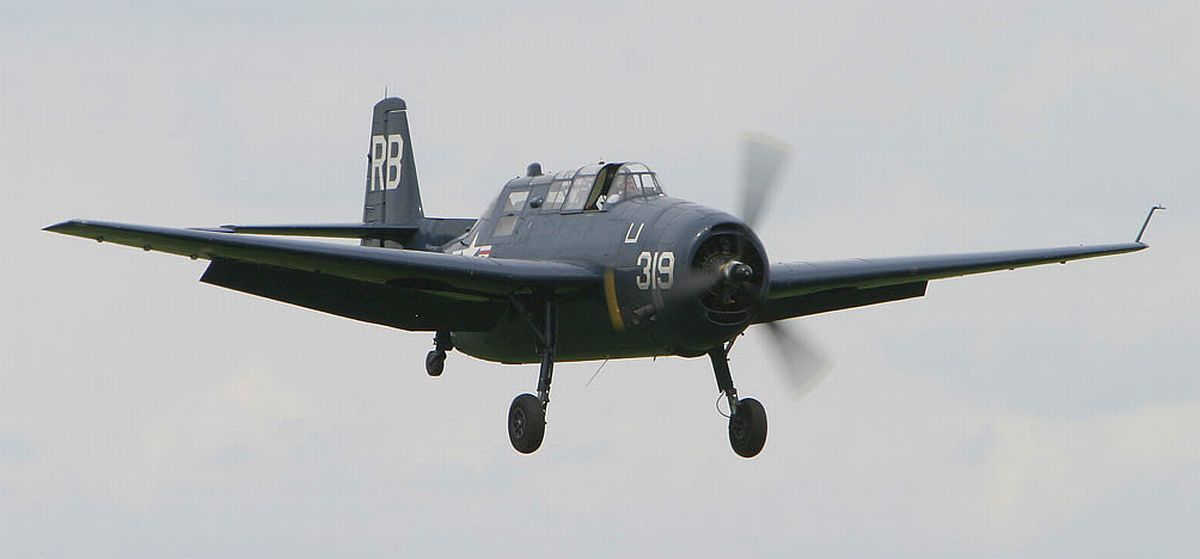
B-25, California
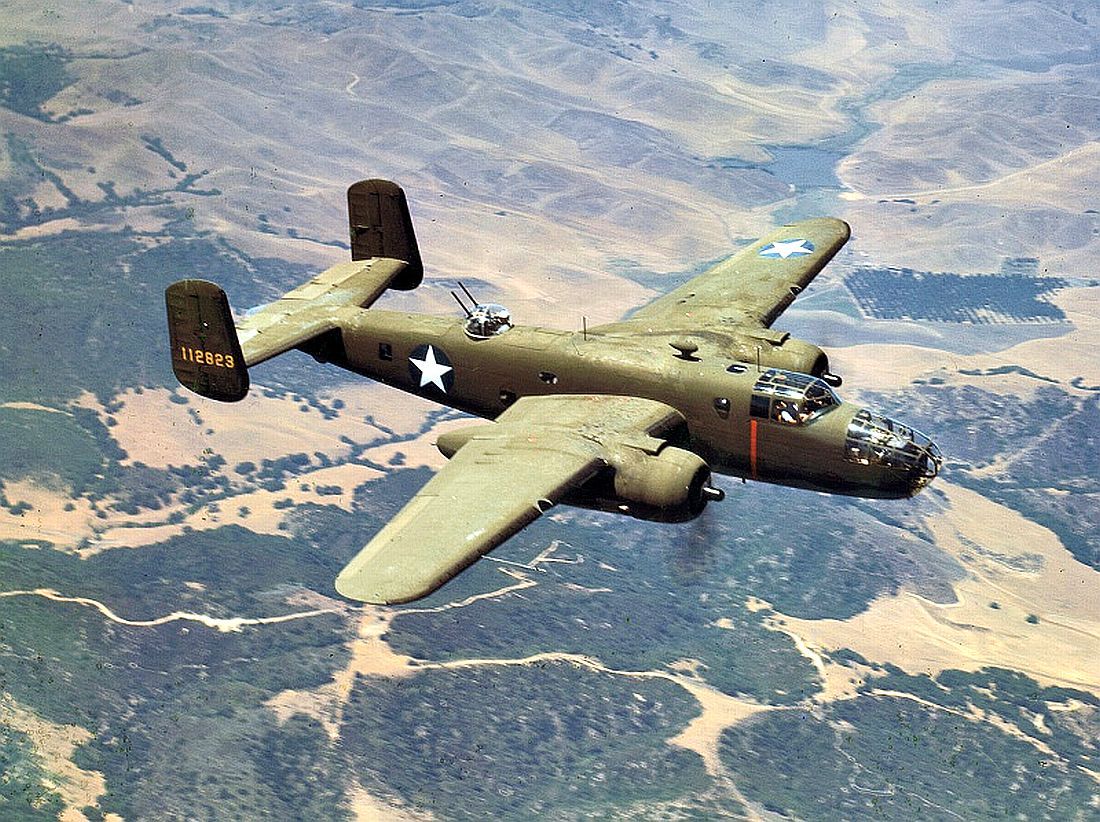
Continuará......
EJD
BONUS TRACK.....

Aqui mi aporte de viernes a la noche....
A disfrutarlas y comenzamos como vos terminastes el último dia,con un A-20 ,pero de la SGM...
Tambien hay muchas fotografias,para convertirse esta noche en UNA NOCHE BOMBARDERA!!!!-ONE NIGHT BOMBER!!!
A-20

Belgrade bridge bombing attack..

..And the post-raid intelligence analysis

P-47 rocket tubes, and 4x 50-cal MG's in each wing

Avenger

Avenger

A-26

Yorktown

Wildcat in sand at Midway

Russian PBY

Helldiver

Aircobra

P-38

Martin Mariner

Hellcat

Hellcat on Yorktown

-51 pilot Col. Bill Dunn

Hellcats

C-47's lined up for Market Garden

C-46 casevac, Manila 1945

Russian Boston

P-61

B-25

B-25

B-25

Cub

USS Enterpirise hit by friendly ah shell

P-51

L-4

Avenger

B-25, California

Continuará......
EJD
BONUS TRACK.....

Víctor Eduardo Barbanente
Colaborador
Cordiales Saludos
Los últimos radares de la Luftwaffe
Los muy poco conocidos radares alemanes del final de la guerra.-

Ju-88G-7b equipado con el radarFuG 228 Lichtenstein SN-3 con una antena Morgenstern

Radar BerlínA German Aircraft Panorama Radar λ=9cm

Junkers Ju 88G-6 with FuG 240 Berlin radar in the nose, RAF AM31. (RAF Photos)

German Ai r Force. Marbach, FuMG 76, 9cm gun laying and Kulmbach, FuMG 74, 9cm panoramic search. This combination was the result of the recovery of a resonant magnetron from the wreckage of an RAF bomber in February 1943. The Marbach employed all that was learned about fire-direction radars from the Würzburg and employed automatic tracking. The shorter wavelength allowed not only more accurate fire but was also much less sensitive to the Chaff or Window, as it then called, than the 50cm of the Würzburg. The first of these sets were deployed only a few months before the end of the war and had no discernable effect on the outcome.
http://www.nationalelectronicsmuseum.org
(Museo americano de electrónica aplicada a la defensa, en Maryland)

“Ground Radar System of the Luftwaffe” -Werner Muller
Como se ve este sistema no tenía nada que envidiarle a los radares americanos de la época, usaba una longitud de onda de 9cm, tenía auto tracking, etc.-
Su disposición en tres cuerpos se debía a un criterio de seguridad, ya que generalmente los aviones aliados buscaban destruir las antenas y separándolas se resguardaba el conteiner con la electrónica y al personal especializado, que para esa época era más valioso que el equipo.-
Además cuando el radar de vigilancia detectaba un blanco se lo señalaba al radar de seguimiento y no dejaba de seguir buscando nuevos blancos. En cambio en el radar SCR-584 usaba la misma antena para vigilar y una vez fijado UN SOLO blanco lo seguía automáticamente, por lo que perdía la posibilidad de encontrar otro agresor más peligroso.-
El SCR-584 fue utilizado por primera vez en combate enAnzio, en febrero de 1944, en tanto que este conjunto entró en servicio unos meses después.-
En Alemania, capacidad científica y tecnológica había, pero para esa época, capacidad industrial ya le quedaba muy poca.-
Saludos Cordiales
Los últimos radares de la Luftwaffe
Los muy poco conocidos radares alemanes del final de la guerra.-

Ju-88G-7b equipado con el radarFuG 228 Lichtenstein SN-3 con una antena Morgenstern

Radar BerlínA German Aircraft Panorama Radar λ=9cm

Junkers Ju 88G-6 with FuG 240 Berlin radar in the nose, RAF AM31. (RAF Photos)

German Ai r Force. Marbach, FuMG 76, 9cm gun laying and Kulmbach, FuMG 74, 9cm panoramic search. This combination was the result of the recovery of a resonant magnetron from the wreckage of an RAF bomber in February 1943. The Marbach employed all that was learned about fire-direction radars from the Würzburg and employed automatic tracking. The shorter wavelength allowed not only more accurate fire but was also much less sensitive to the Chaff or Window, as it then called, than the 50cm of the Würzburg. The first of these sets were deployed only a few months before the end of the war and had no discernable effect on the outcome.
http://www.nationalelectronicsmuseum.org
(Museo americano de electrónica aplicada a la defensa, en Maryland)

“Ground Radar System of the Luftwaffe” -Werner Muller
Como se ve este sistema no tenía nada que envidiarle a los radares americanos de la época, usaba una longitud de onda de 9cm, tenía auto tracking, etc.-
Su disposición en tres cuerpos se debía a un criterio de seguridad, ya que generalmente los aviones aliados buscaban destruir las antenas y separándolas se resguardaba el conteiner con la electrónica y al personal especializado, que para esa época era más valioso que el equipo.-
Además cuando el radar de vigilancia detectaba un blanco se lo señalaba al radar de seguimiento y no dejaba de seguir buscando nuevos blancos. En cambio en el radar SCR-584 usaba la misma antena para vigilar y una vez fijado UN SOLO blanco lo seguía automáticamente, por lo que perdía la posibilidad de encontrar otro agresor más peligroso.-
El SCR-584 fue utilizado por primera vez en combate enAnzio, en febrero de 1944, en tanto que este conjunto entró en servicio unos meses después.-
En Alemania, capacidad científica y tecnológica había, pero para esa época, capacidad industrial ya le quedaba muy poca.-
Saludos Cordiales
Temas similares
- Respuestas
- 66
- Visitas
- 3K
- Respuestas
- 113
- Visitas
- 6K
- Respuestas
- 137
- Visitas
- 7K
- Respuestas
- 312
- Visitas
- 19K
- Respuestas
- 249
- Visitas
- 12K















